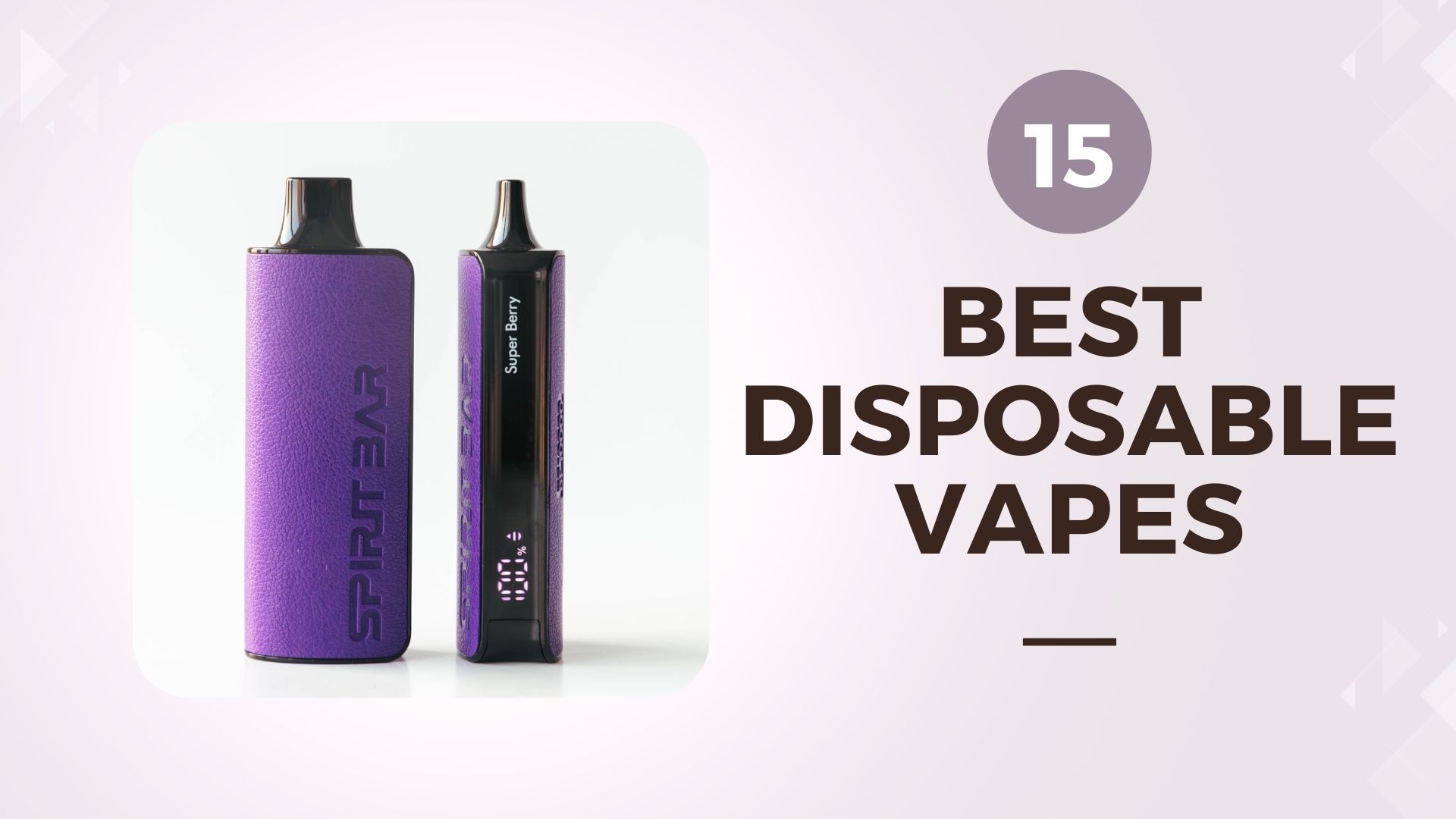With more than 700 different strains of cannabis, the words Indica, Sativa, and hybrid seem to be thrown around a lot. Hence, we understand why you want to understand the differences between these cannabis strains and their effects.
The differences between Indica, Sativa, and hybrid cannabis strains lie in the terpene profile, cannabinoids, and the strain’s genetics. These factors determine their effect when consumed, their physical appearance, and the sub-strains each primary strain can produce.
In this article, our aim is simple. We’ll make the differences between these cannabis strains as clear as day and unravel the factors contributing to their unique properties. To do this, we’ll explore their benefits, origins, and many other exciting things you should know about each cannabis strain.
Indica Vs. Sativa Vs. Hybrid
Understanding What Determines the Effects of a Cannabis Strain
To properly understand what makes a cannabis strain unique, you must first understand Cannabinoids and terpenes.
What are they, you ask? Simply put, these are chemical compounds found in various plants and animals. So, in essence, the best way to determine a cannabis strain effect is by relying on its cannabinoid and terpenes content which determines its chemical composition, popularly known as chemovar.
Let’s look at these two terms in greater detail
1. Cannabinoid
Cannabinoids refer to naturally occurring chemical compounds present in cannabis plants. These compounds are responsible for several effects you experience when taking a cannabis strain.
Now that you know this, here are some of the most common compounds and their benefits. They include;
- THC (delta-9-Tetrahydrocannabinol)
This compound is responsible for most of the most common symptoms associated with taking cannabis. This includes the high(euphoria) feeling. It is also known for its role in relieving pain and nausea.
- CBD (cannabidiol)
Here is a component used majorly for medical purposes as it does not cause a high. It is great for alleviating pain and nauseating symptoms.
Other popular components of cannabinoids include
- CBN, which helps alleviate the effects of neurological disorders and
- THCA, which is similar to THC but without its psychoactive effects and excellent for inflammations traceable to immune diseases and arthritis.
In addition to this, there are lesser-known components like CBG (cannabigerol), THCV (Δ9-tetrahydrocannabivarin), and Δ8-THC, all of which have different medical benefits.
2. Terpenes
Not forgetting terpenes, which are naturally aromatic occurring compounds found in cannabis plants, fruits, and several other plant species. In fact, in some plants, it is a deterrent to keep insect and animal pests away.
Terpene level in plants is responsible for the smell attributed to the different cannabis strains. Through research, they have proven helpful in aromatherapy, where inhaled scents provide relaxing effects. Some popular components here include;
- Linalool
This is present in mint, mushrooms, flowers, and cinnamon and produces a floral scent that aids in inducing sleep and relaxation.
- Caryophyllene
Here is the only known terpene that can interact with the endocannabinoid system. It produces a woody or spicy aroma that triggers an anti-inflammatory response, pain reduction, and anxiety reduction.
- Limonene
With citrus aroma for helping with weight loss, mood improvement, and stress relieving properties, Limonene is present in peels of mint, juniper, and citrus.
Other common terpene components include myrcene, ocimene, pinene, and humulene.
Indica Vs Sativa Vs Hybrid Cannabis Strains
Now that you’re adequately acquainted with the chemical compounds (Cannabinoids and terpenes) and their roles in determining the effects you experience from inhaling or consuming a cannabis plant, it is time to move on to distinguish Indica, Sativa, and Hybrid cannabis properly.
1. Indica
Finding its origin in the Hindu Kush Mountain in Afghanistan, we have the Indica Cannabis. This cannabis plant is known for its short but thick stem and ability to survive in windy and harsh climatic conditions. It grows quickly, about 6-8 weeks, producing broad dark green leaves. Although quite a few specimens are known to have blue or purple leaves.
Cannabis Indica has a high CBD-to-THC ratio and is used mainly for relaxing abilities. In addition, they help increase a person’s appetite, helping with nausea and reducing pain.
Most Popular Indica Strains
- Purple Punch
- Bubba Kush
- Blue Berry
- Blue Cheese
- Gumbo
- Cookies Kush
- Purple Kush
2. Sativa
Cannabis Sativa is yet another Cannabis plant you must have heard of several times. First, you must know that this plant is native to eastern Asia. However, it will also thrive in areas with a predominantly hot climate, like central America, Africa, Southwest Asia, and Southeast Asia.
Unlike Indica leaves which are broad and dark green, the leaves of Cannabis Sativa are fingerlike. Sativa plants are also tall and can grow to about 12 feet tall. Regarding their THC-to-CBD ratio, they have higher doses of THC and lower amounts of CBD.
Unlike Indica, which we recommend for nighttime use alone, this plant is suitable for daytime use. This is because of its energizing properties, whereas Indica strains are helpful for their relaxing properties.
Most Popular Sativa Strains
- Jack Herer
- Durban Poison
- Strawberry Cough
- Purple Haze
- Lemon Haze
- Amnesia Haze
- Super Lemon Haze
- Super Silver Haze
3. Hybrid
What is hybrid cannabis? These are Cannabis strains produced by combining traits from different strains of a parent plant (Cannabis Indica or Cannabis Sativa). The result is usually a new Indica dominant, Sativa dominant, and the balanced (50:50) Indica-Sativa strain with specific effects intended by the grower.
These new cannabis strains are created in cannabis greenhouses and provide cannabis users with a combination of effects nature could not produce itself.
Typical examples of Sativa dominant strains include; Kootnays Finest Jellysickle, which packs an abundance of the social effects of cannabis. For Indica dominant strains, there is the Blueberry with an Indica concentration of 80%. Lastly, the balanced Cannabis with a 50:50 Indica-Sativa ratio, we have the Jack Herer.
Choosing a Cannabis Strain
Now that you’re acquainted with these different cannabis strains, it’s time to move forward and explore things to know when choosing a cannabis strain.
1. Know the Effects you Desire
The rule of thumb for choosing either Indica, Sativa, or Hybrid cannabis strain boils down to the desired effects. So, before you opt for any of these strains, ask yourself, what do I want to achieve?
If you have little to no idea which of these three would deliver the desired effects, talk to the dispensary employee. The attendant can advise on what strain combination will provide the desired outcomes.
However, determining the effects of taking a particular cannabis is relatively easy to decide once you know the CBD and THC levels in a cannabis strain. With information on the CBD and THC levels, you can quickly tell that a strain with a higher THC to CBD ratio will grant you that high and euphoric feeling. However, if this is not your goal, opt for those with a high CBD content.
Also significant in determining the effects you desire is the strain itself. While Indica offers a relaxing effect, Sativa induces a euphoric feeling in the body. Hybrids can offer a balance of both.
2. Know your Medical History
Once you’ve spelled out the desired effects, ensure you know your medical history and compare it to how these different strains will interact with your body system. Although several of these strains are natural, they can trigger underlying medical conditions. We recommend getting a doctor’s view before trying out any cannabis product.
This goes without saying that there are risks associated with cannabis consumption. While CBD has minimal side effects, THC has more pronounced side effects. Altogether some of the risks associated with cannabis consumption include the following;
CBD side Effects
- Nausea and vomiting
- Fatigue
- Low blood pressure
- Stomach ache
THC side effects
- Memory loss
- Anxiety
- Increased heart rate
- Concentration and coordination problems
- Slow reaction rate
3. Get Familiar with the Cannabis Laws in your State
Another often overlooked factor to consider when choosing cannabis is the legal status of the strain you want. Although only a few years ago, cannabis was illegal in the US, today, the laws are relaxed and continue to evolve. In light of this, it is best to verify the laws that govern cannabis use in your state before use.
4. Know your Tolerance Level
Once you know your medical history and understand the effects cannabis will bring to your body system, you must figure out your tolerance level. We recommend beginners start with strains like the pineapple Express as this is a low-level strain.
5. Decide on your Preferred Taste and Consumption Method
Although smoking kush is one of the most popular ways of consuming cannabis primarily because it diffuses straight to the blood to deliver the desired effects quickly. There are healthier ways to consume cannabis. Today, there are edibles (cannabis in cookies, cake) and gums.
Finally, you also want to ensure you find the taste manageable. Since the taste depends mainly on the Terpene content, lookout for flavors you prefer.
Final Thoughts
With the information on the differences between these Indica, Sativa, and Hybrid cannabis strains in your arsenal, picking the right one to achieve the desired effects should be a walk in the park now. Remember, however, that the CBD and THC levels play a huge role in determining the effectiveness of the effects. At the same time, the terpene present will help you determine the taste of your cannabis.
Sharing is caring!
Related posts:
- How to Know if Your Vape Is Going to Explode? (5 Warning Signs)
- 7 Reasons Why Vape Pen Flashing Red When Charging (Solved!!!)
- Why Vape Pen Blinking 3 Times (Causes & Fixed!!!)
- 13 Reasons Why Your Vape So Harsh (Solved!!!)
- How to Vape Without Inhaling? (Techniques)
- 9 Easy Steps to Make Vape Juice at Home (with Tricks)
- How to Recharge a Disposable Vape? (Risks & Tips)
- How Long Does CBD Stay in Your System? (5 Factors)







